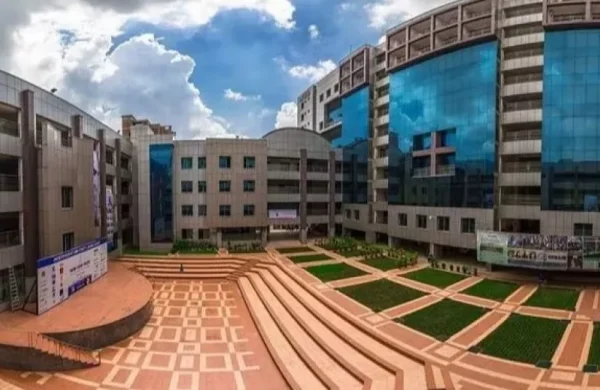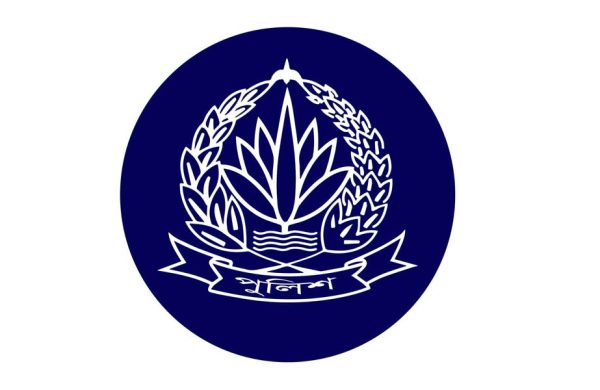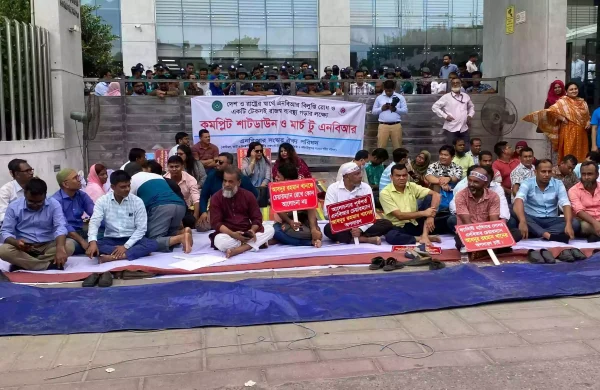Why so many private universities?
- Update Time : Friday, February 7, 2025

TDS Desk:
Dhaka, one of the most densely populated cities in the world, has long been deemed uninhabitable due to unplanned urbanisation and pollution.
Adding to its burden is the growing number of private universities scattered across the city.
Experts argue that this expansion is straining the capital further.
They claim that the excessive commercialisation of education has led to this situation, which is also inconsistent with proper urban planning.
Past governments have favoured private university owners, preventing the decentralisation of higher education.
According to Worldometer, Dhaka’s current population exceeds 2.46 crore.
The EIU Global Liveability Index 2024 ranks Dhaka as one of the least liveable cities globally, even placing it below war-torn Kyiv, the capital of Ukraine.
GROWING NUMBER OF PRIVATE UNIVERSITIES
The University Grants Commission (UGC) of Bangladesh reports that the country has 53 public and 110 private universities.
But this tally does not include institutions such as IBAIS University, The University of Comilla, Queens University, and America Bangladesh University.
As per the 2022 UGC report, the Dhaka division alone hosts 17 public universities and 69 private universities, meaning that out of 168 universities nationwide, 86 are situated in Dhaka division.
The 110 private universities collectively have 3.41 lakh students, of which 2.40 lakh are male and 1.58 lakh are female.
Meanwhile, the 53 public universities cater to 7.25 lakh students.
UGC has not published any further reports in the past three years. But its 2022 findings highlighted the inadequate number of public universities compared to the growing demand for higher education.
Limited seats and budget constraints in the public sector have restricted access to higher education, prompting the government to support private universities, following the models of India, Pakistan, and Japan.
WHY ARE SO MANY PRIVATE UNIVERSITIES IN DHAKA?
Experts link the proliferation of private universities in Dhaka to the unchecked commercialisation of education.
According to the UGC, Dhaka district alone hosts 57 private and 9 public universities.
When asked whether such a high concentration of private universities in Dhaka is necessary, former caretaker government adviser Rasheda K Choudhury said, “Even if there is demand, providing subpar education and merely handing out certificates is unacceptable—it’s nothing but certificate trading.”
She emphasised the need for stricter enforcement of regulations and regular monitoring. “This is the UGC’s responsibility. They must take the necessary steps,” she added.
The Private University Act 2010, under Section 6(3), mandates that proposed private universities must have adequate classrooms, libraries, laboratories, auditoriums, seminar halls, offices, and student common rooms.
Besides, the minimum space requirement for a private university is 25,000 square feet, either owned or rented.
When asked whether most private universities in Dhaka meet these requirements, Rasheda K Choudhury responded, “UGC keeps insisting that universities establish permanent campuses, but little attention is given to academic quality. What is being taught, and is it actually necessary? These are crucial questions.”
“Commercialisation of education is to blame. While private sector growth is fine, it must follow a structured framework. Many institutions have large campuses, but most do not comply with regulations. The UGC must enforce laws strictly,” she added.
MISMATCH WITH URBAN PLANNING
Experts argue that the uncontrolled rise of private universities contradicts urban planning policies.
Speaking on the matter, Professor Adil Muhammad Khan, President of the Bangladesh Institute of Planners (BIP), said, “This is undoubtedly inconsistent with urban planning, especially when we advocate for decentralisation. Instead of dispersing higher education institutions, private universities have centralised them further in Dhaka.”
“Even when urged to relocate outside Dhaka, most universities moved to areas like Ashulia, which is still part of greater Dhaka, rather than genuinely decentralising to divisional or district towns.”
He cited an example: “Students from Rangpur must travel to Dhaka for higher education. If universities were established in their hometowns, they wouldn’t need to migrate to the capital.”
Professor Khan blamed previous government ministers and bureaucrats for fostering this trend, stating, “Former ministers and officials protected their close associates, making decisions without considering decentralisation policies.”
He also pointed out that private university owners themselves resisted moving out of Dhaka, resulting in policies that intensified urban congestion rather than alleviating it.
OPPOSING DHAKA’S DECENTRALISATION
Urban planners have long emphasised decentralisation to make Dhaka more liveable. However, successive governments have ignored expert recommendations, continuing to grant approvals for private universities within the capital.
Professor Adil Muhammad Khan explained, “A university moving to Ashulia is not decentralisation. If 50 universities are established within Dhaka or its suburbs, it doesn’t count as moving outside. True decentralisation means setting up institutions in divisional and district towns.”
Echoing this view, Professor Emeritus Dr Manzoor Ahmed of BRAC University said, “Private universities must be decentralised. Our economy, business, and commerce are already Dhaka-centric. This must be taken into account while approving new universities.”
According to Dr Ahmed, both UGC and the Ministry of Education have failed to execute their duties properly, which is why universities continue to cluster in Dhaka.
“Higher education requires a comprehensive national strategy. People from outside Dhaka should also have access to research and academic activities,” he added.
DHAKA’S UNPLANNED GROWTH
Dr Anwar Hossain, UGC member, said that Dhaka’s development, including its private universities, has largely been unplanned.
“Our focus is now on enhancing the quality of existing universities rather than permitting new ones,” he said.
According to him, there are currently 168 universities in Bangladesh. Establishing a public university requires 200 to 500 bighas of land, but our land resources are limited. Much of it is agricultural or wetlands, which are already being converted for development projects like power plants and industries.
When asked about urban planners’ calls for shifting private universities out of Dhaka, he responded, “If the government incorporates decentralisation into policy, we will support it. Education policy must align with social needs and infrastructure development.”
UGC’S VERSION
Despite criticism, UGC Chairman Professor SMA Fayez claimed that private universities are gradually relocating outside Dhaka.
“Most institutions are now shifting. For instance, North South University was initially outside Dhaka but became part of the city due to urban expansion. Similarly, Independent and BRAC universities have also moved towards the outskirts,” he said.
He pointed out the three-bigha land requirement for private university campuses, adding, “To meet this, institutions are slowly moving out of Dhaka. We do not certify universities unless they comply with these regulations.”
The Private University Act 2010 mandates that institutions must establish permanent campuses before applying for a permanent certificate. However, this is yet to be fully implemented.
Regarding this delay, the former Dhaka University Vice-Chancellor explained,
“We are monitoring the situation closely. Institutions still within Dhaka cannot hold convocations or receive permanent certification until they move out.”
He added, “We prefer collaboration over coercion. If universities do not meet the criteria, they cannot proceed with convocations or other official activities. Consequently, they are relocating out of Dhaka out of necessity.”
While the UGC insists that private universities are gradually decentralising, experts argue that progress remains slow and inconsistent with proper urban planning.
Unless strict regulations are enforced, Dhaka will continue to bear the burden of excessive university expansion, exacerbating the capital’s urban challenges, experts warned.

















